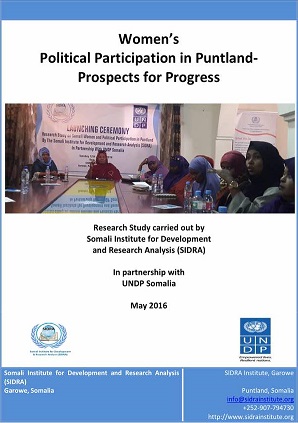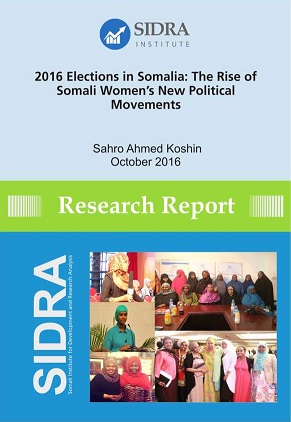This paper summarises the key lessons drawn from a study that examined how different people responded to and survived the recurrent shocks during the 2011–2016 period; the drivers of marginalisation or exclusion and how these are maintained; the influence that external actors had on the coping strategies used by different communities; and the apparent effectiveness of chosen strategies. The study sought to understand how livelihood and coping strategies are changing as a result of the frequency and severity of local conditions in Somalia, and local community perspectives on vulnerability and livelihood objectives. It also explored how access to aid and other external resources influenced livelihood and coping strategies, and how local communities’ resilience and livelihood strategies related to the objectives and practices of humanitarian agencies.



